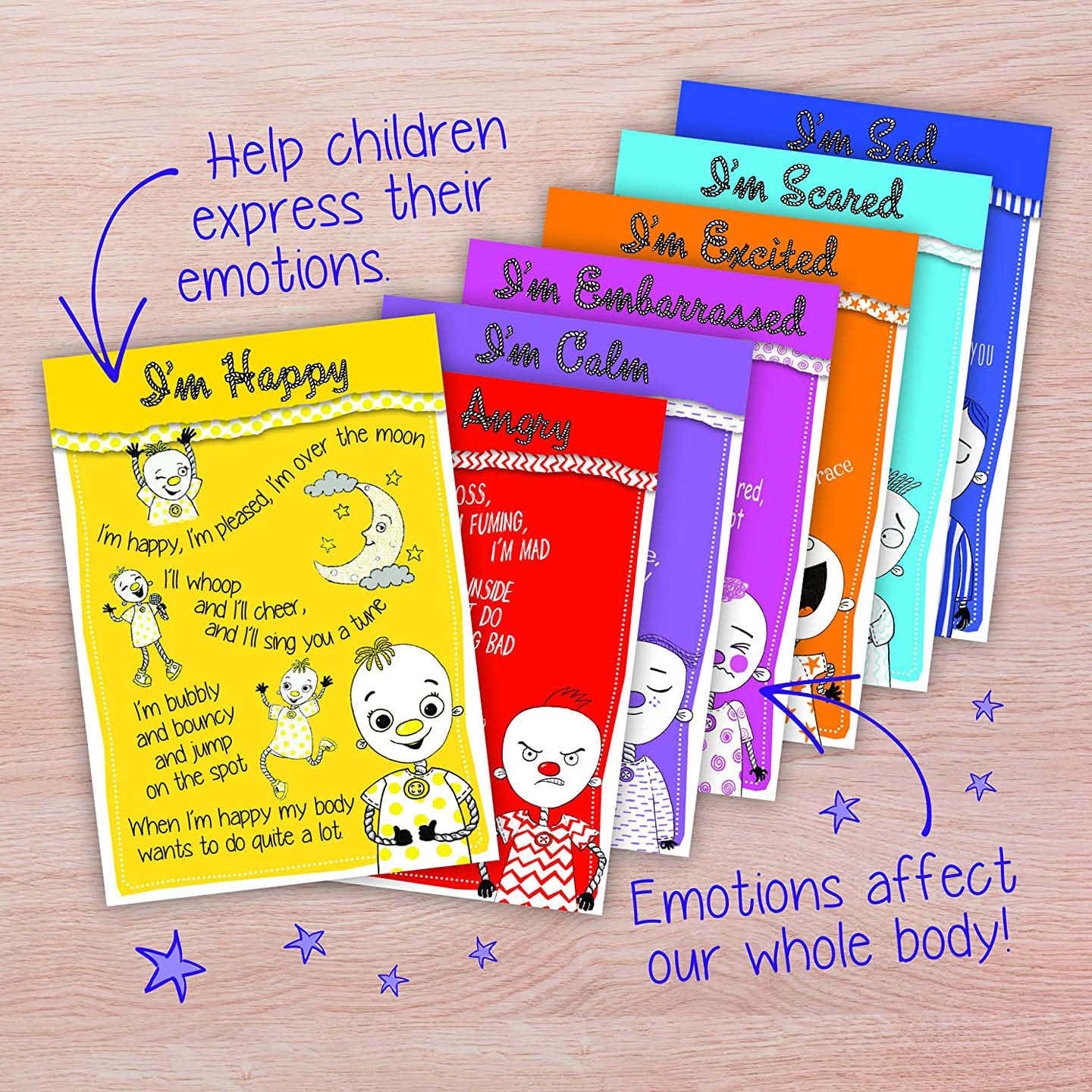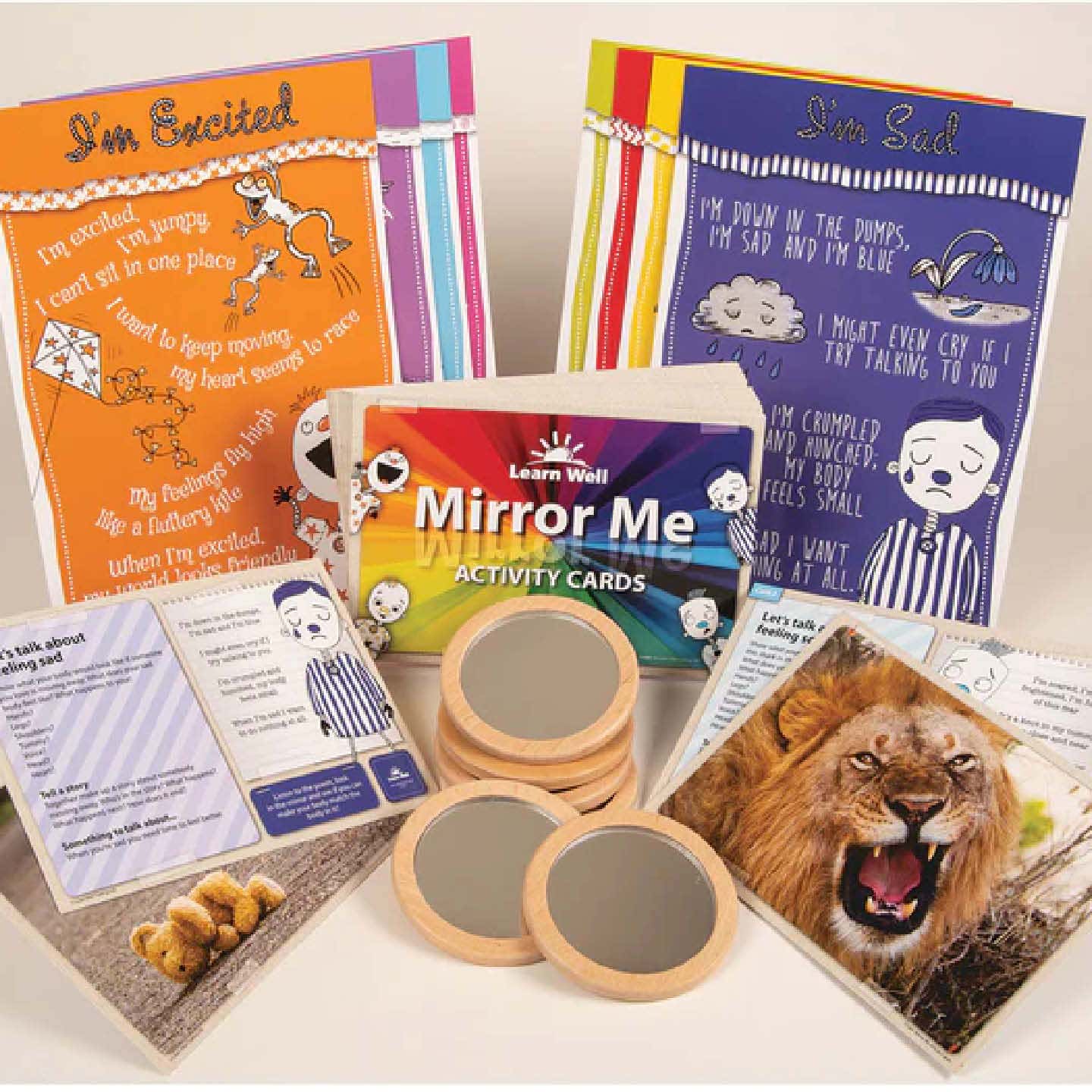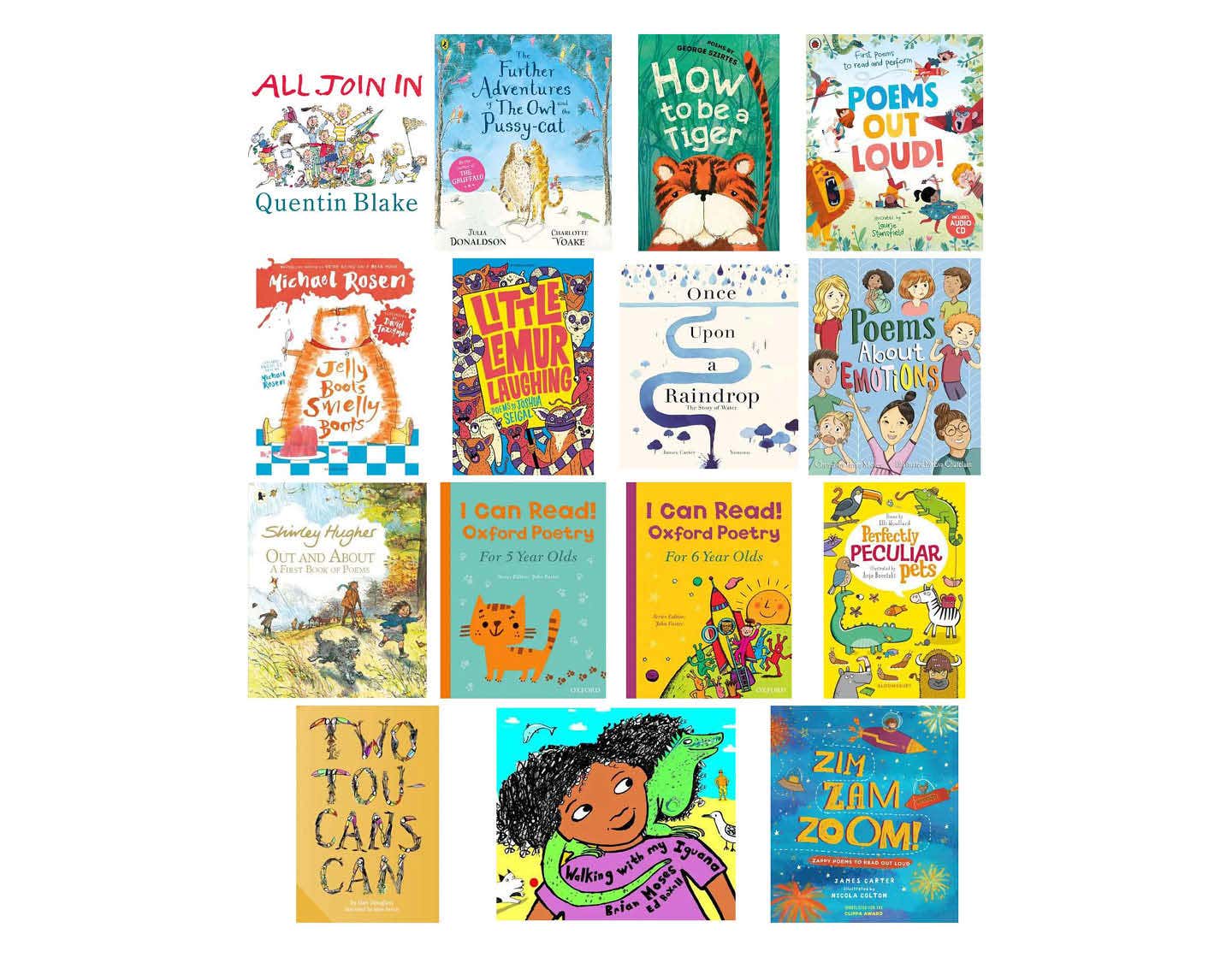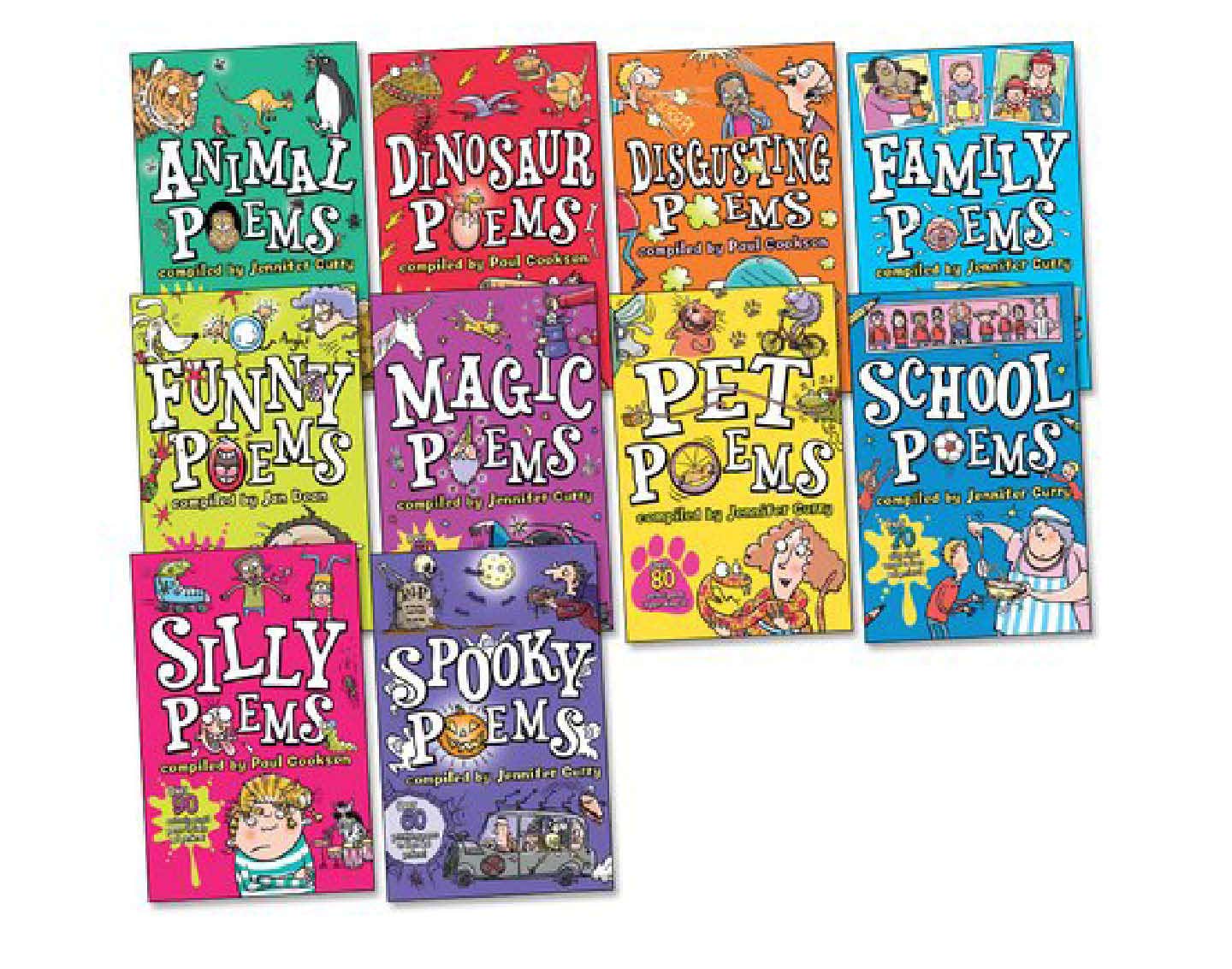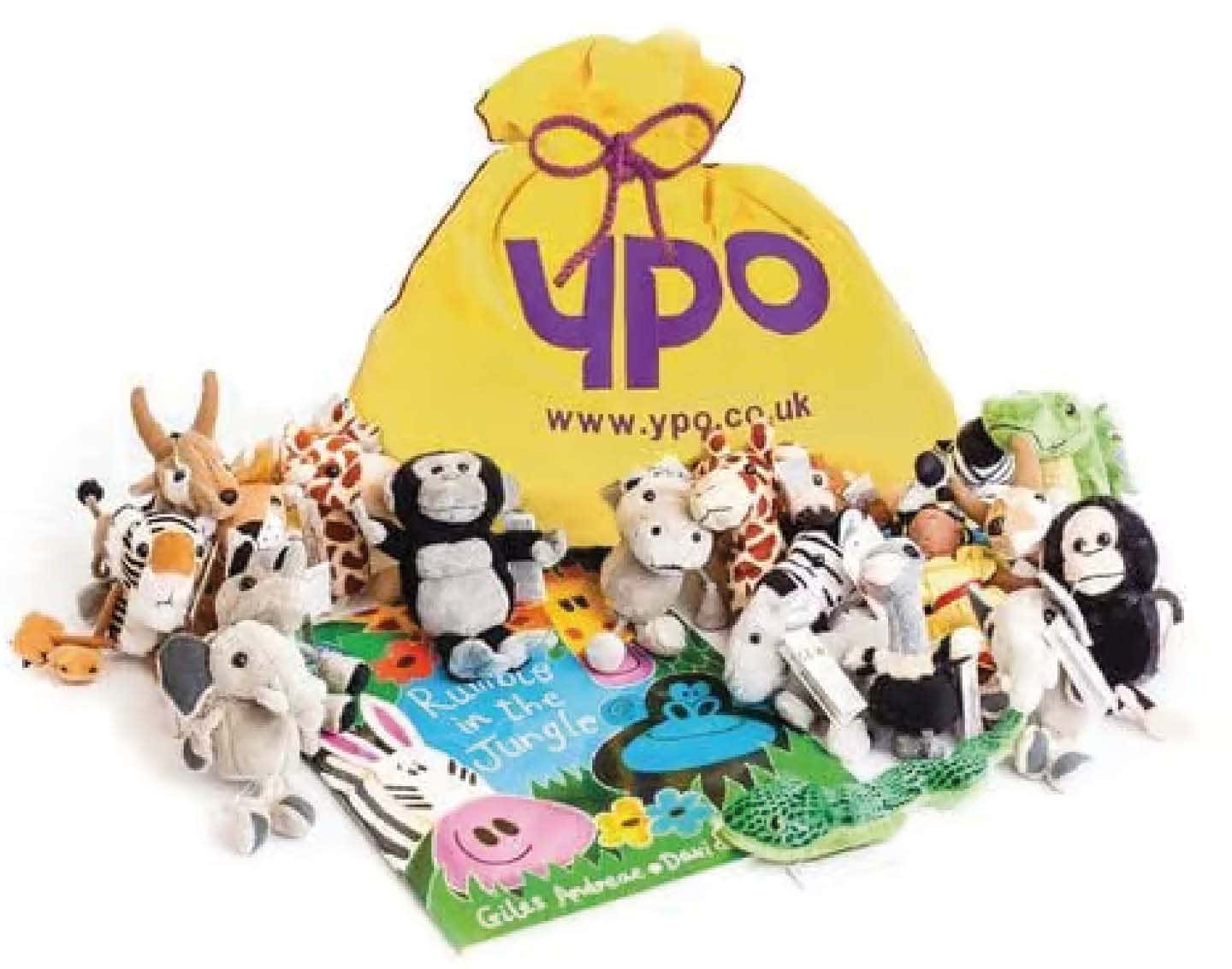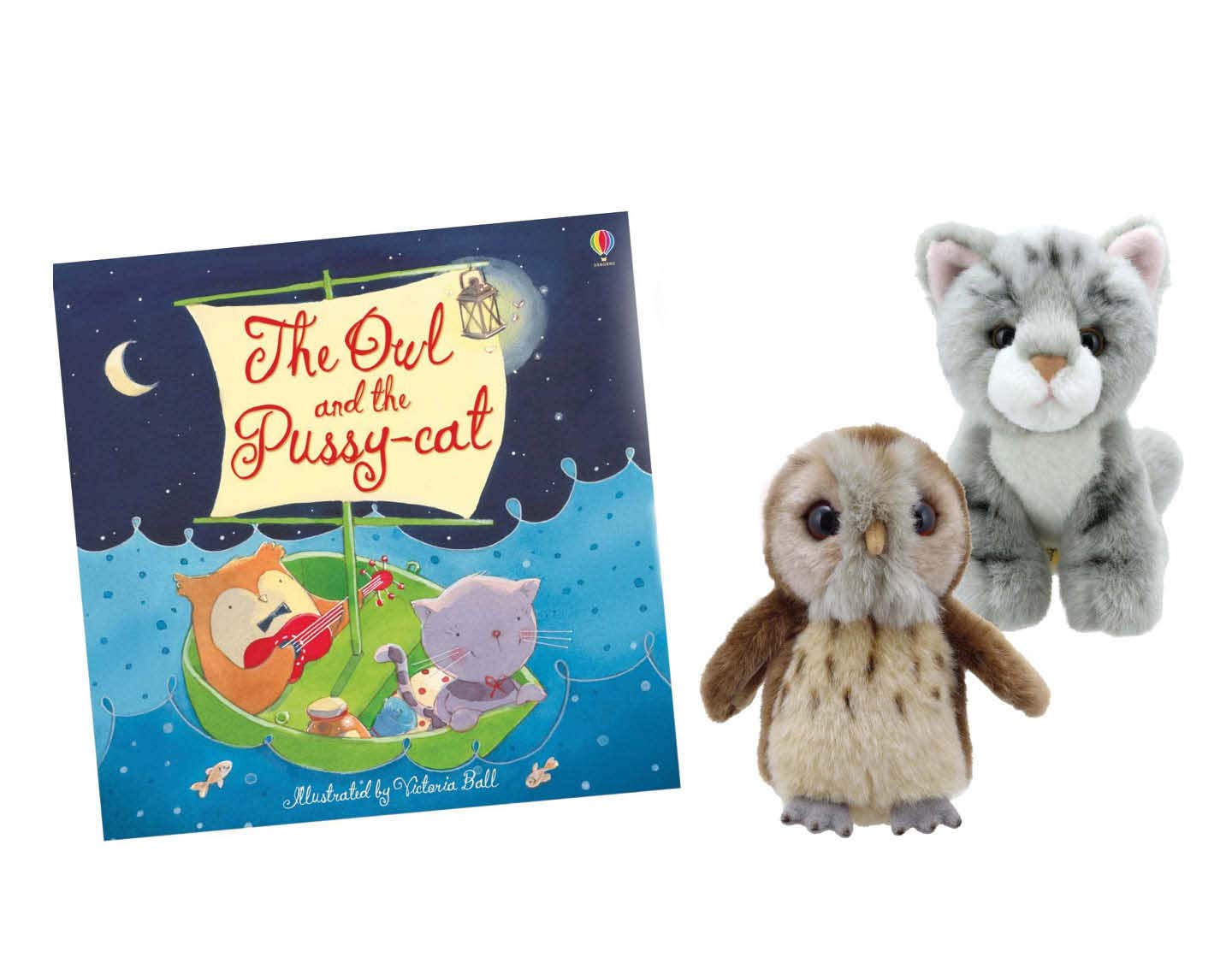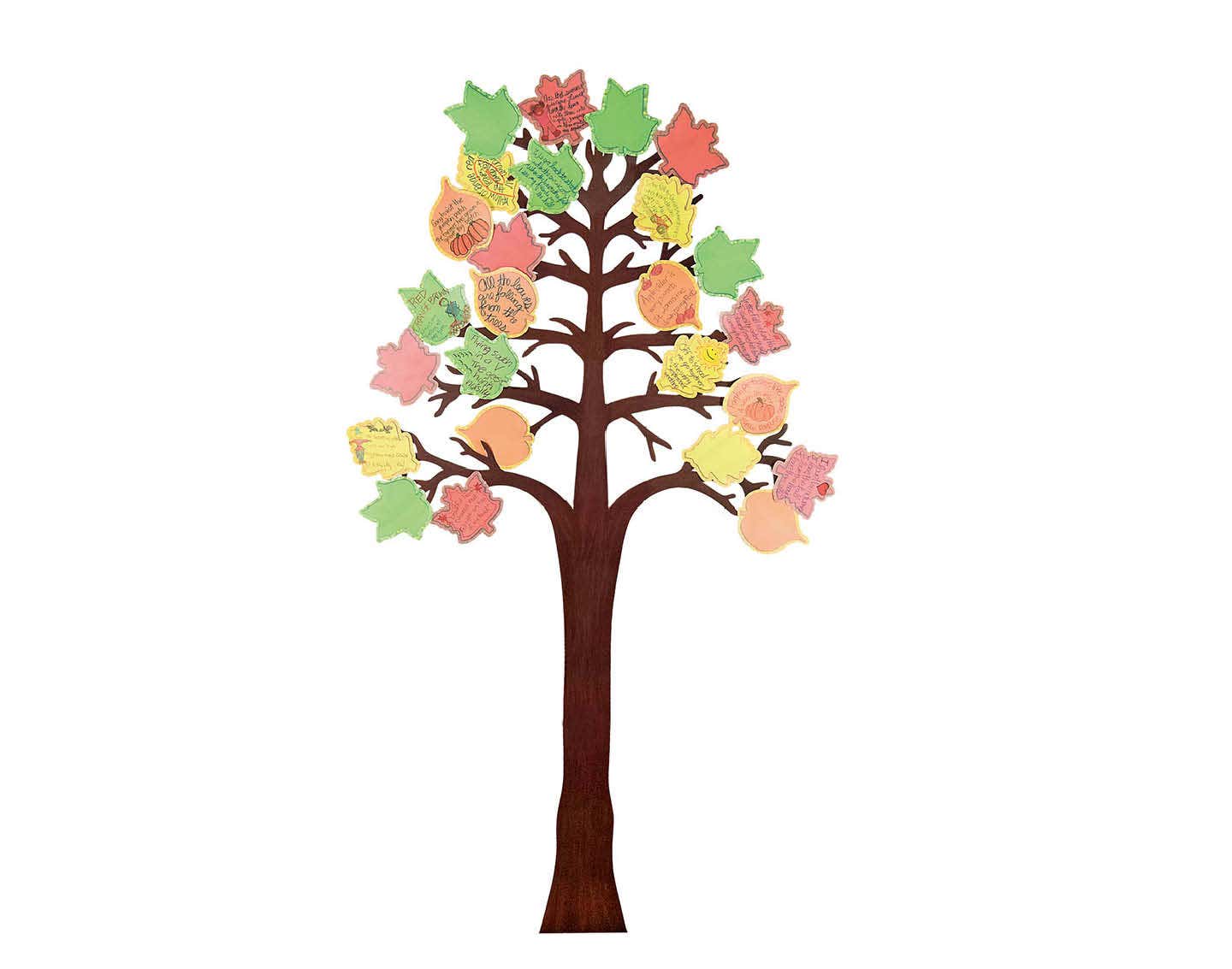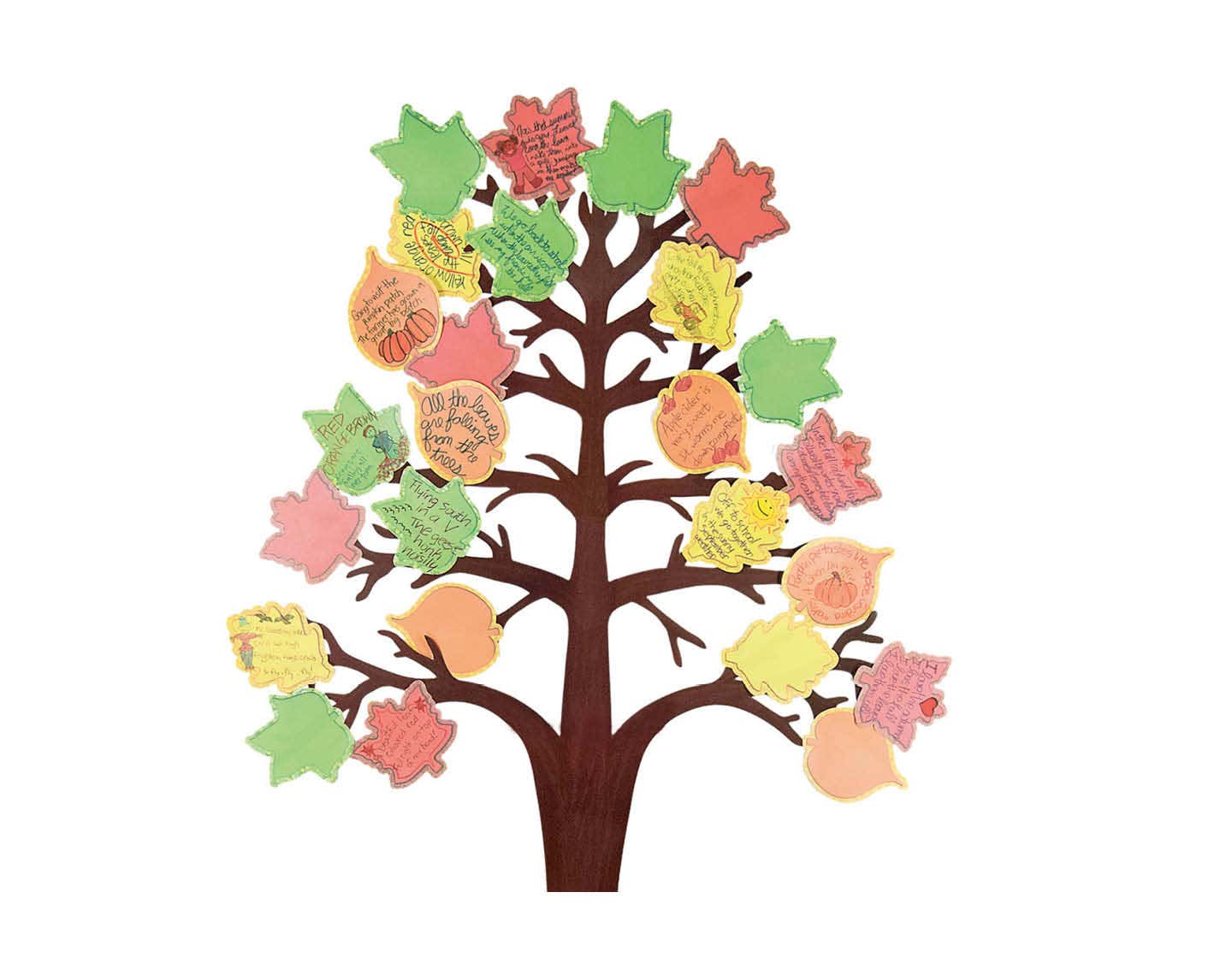Simple and Effective Ways to Teach Poetry in Primary School
Teaching poetry is an essential component of any comprehensive literacy program. While some educators may already consider it a stimulating aspect of their curriculum, others may downplay its significance. Nevertheless, the influential impact that poetry can have in imparting critical skills in the classroom cannot be underestimated.
There are many reasons to include poetry in your literacy curriculum.
- Language Development: Poetry can help primary school children to develop their language skills, including vocabulary, grammar, and syntax. It can also help to build their confidence in using language and expressing themselves.
- Literacy Development: Reading and writing poetry can help to develop young children's literacy skills, including reading comprehension, writing, and critical thinking. It can also help to build their appreciation for literature and encourage them to become lifelong readers.
- Foster Creativity: Poetry can provide a creative outlet for primary school students to express themselves and explore their imagination. It can also help to foster a love of language and literature.
- Support Emotional Development: Poetry can help to develop emotional intelligence by exploring themes of empathy, compassion, and understanding. It can also help them to express and regulate their own emotions.
5. Cultural Awareness: Poetry can expose primary students to different cultures and perspectives, helping them to develop an appreciation for diversity and cultural awareness.
Undoubtedly, poetry is beneficial to use in the class. Nonetheless, how do we initiate this approach? What is the process of assimilating poetry into our classroom?
- Choose simple and age - appropriate poems - It is important to choose poems that are simple and age-appropriate for young children. The language should be easy to understand and the themes should be relevant to their experiences. Nursery rhymes and simple poems with repetitive patterns are a good place to start.
2. Use props and visual aids: Visual aids and props can help young children to engage with the poem and understand the meaning. For example, you could use puppets, pictures, or objects to help bring the poem to life.
3. Read the poem aloud: Reading the poem aloud is important for children to hear the rhythm and cadence of the words. Use expressive tones and make it fun and engaging for them.
4. Encourage participation: Encourage children to participate by repeating key phrases or words, or by joining in with actions or movements. This will help to develop their memory and listening skills.
5. Discuss the poem: After reading the poem, discuss the meaning with the children. Ask questions about what they think the poem is about and how it makes them feel. This will help to develop their critical thinking and language skills.
6. Create your own poems: Encourage children to create their own poems by using their own experiences or by using prompts such as animals, seasons, or emotions. This will help to develop their creativity and self-expression.
7. Display the poems: Displaying the poems in the classroom or setting can help children to feel proud of their work and create a sense of community. It also provides a visual reminder of the language and communication skills they have learned.
Are you motivated to introduce your students to the world of poetry and comprehend how this notion can enhance and augment your literacy curriculum?
Utilizing the tools and suggestions mentioned earlier, what can you do in your classroom today to commence the process?
You can access find some fantastic resources to assist you in teaching and support your students in reading and writing poetry.

